GPS Bug Device
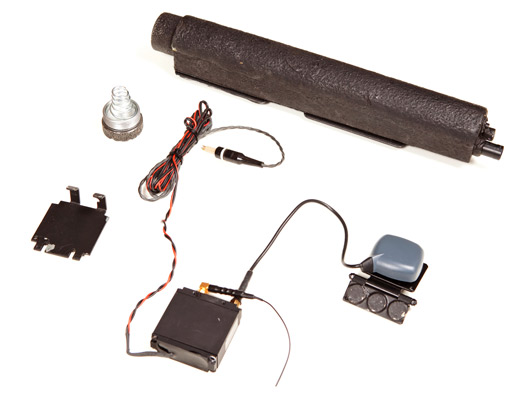
I don’t know how in Russia, but in the United States, citizens periodically find tracking GPS devices installed by special services under the bottom of a car. Last time, when it became known to the press, a student of Arab origin, by inexperience, took the device to the “manufacturer” , without having had time to investigate it properly. A similar device on her car a few years ago found an activist for animal rights Katie Thomas. She refused to return it to the FBI, and now she dared to give the device for examination .
The device consists of a GPS receiver, a radio transmitter and a set of four lithium-thionyl chloride batteries (Li-SOCl 2 D-format with a capacity of 13 Ah each - this is enough for a long time, self-discharge in the mode of inactivity of such batteries is only 1% per year, and 10 -20 years). In China, each battery costs $ 25, plus shipping, so this is the most expensive part of the bug.

')


A small antenna is used to transmit a radio signal. Before disassembling the receiving-transmitting module, both antennas are disconnected.
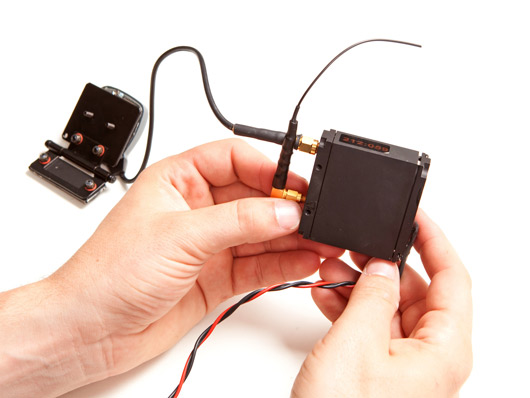
The second wire leads to a SIgem GPS receiver.
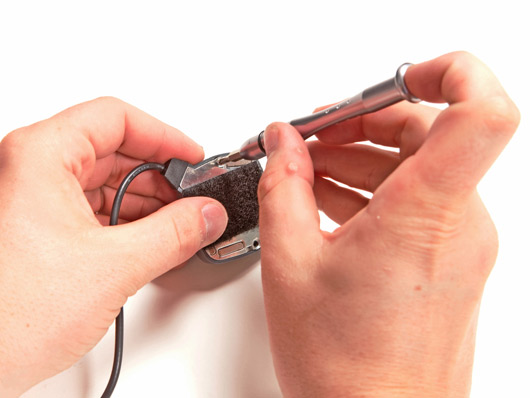
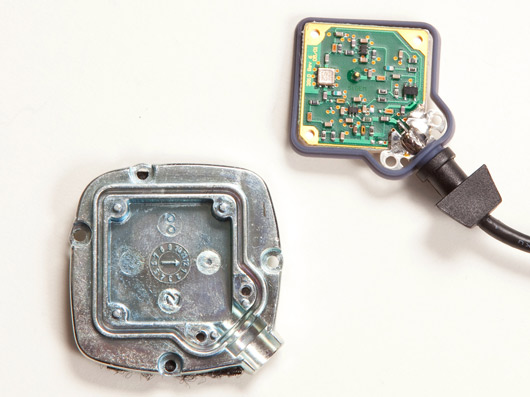
The main part - the module of reception and transmission. As you can see, it is in a universal case, which allows the use of other batteries, of various sizes and shapes. The back cover is designed for this.
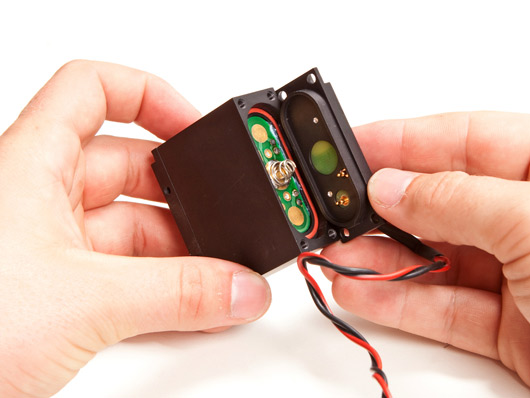
Therefore, it was necessary to drill from the other side.

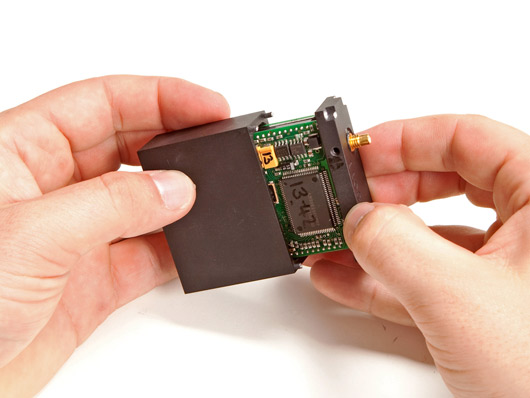
Inside there are two modules for receiving GPS and radio. A small blue wire connects the GPS antenna to the module.
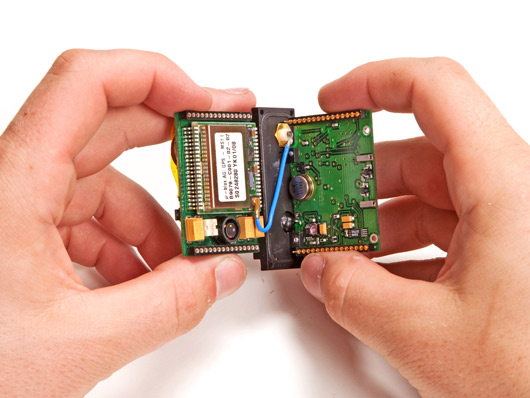
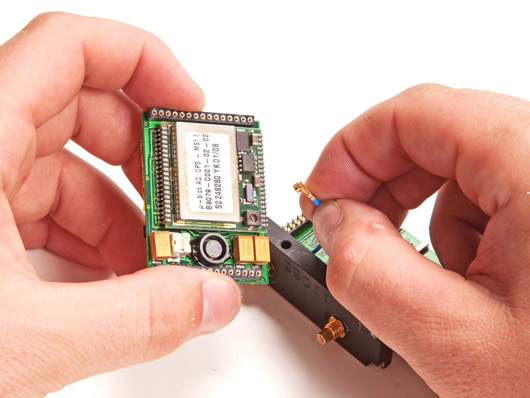
Turning off the antenna, you can examine in detail each chip. It turns out that GPS processing is carried out by the µ-blox GPS-MS1 archaic module. Production date - June 29, 1999! He has 128 KB of SRAM and 1 MB of flash memory. On the back side is a backup power supply for the clock and SRAM, which is often used in such chips for faster processing of the signal from the satellites and saving battery power in the main element.
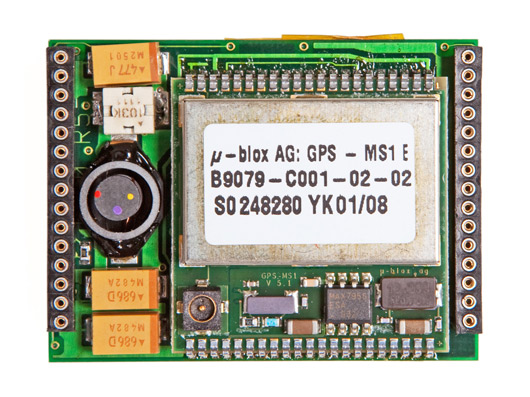
A curved spike of the elements indicates that the FBI does it manually.
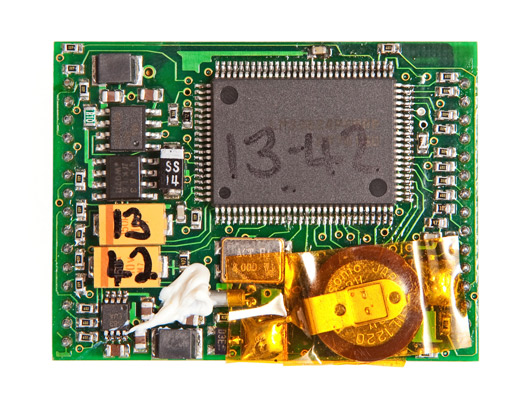
The second module contains the following elements: a XEMICS XE1201 transceiver for receiving and transmitting data and an RF1172 surface acoustic wave filter for isolating the signal at a frequency of 433.92 MHz.

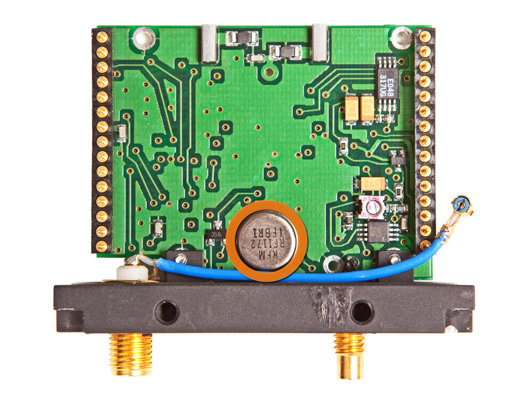
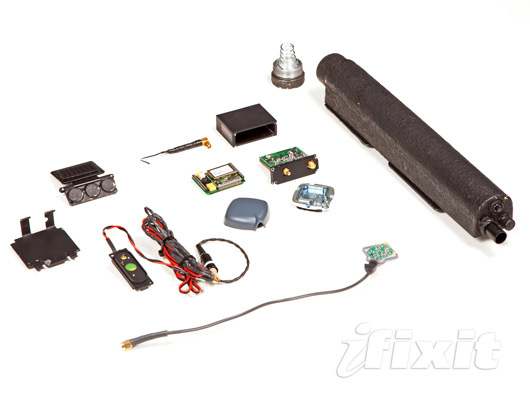
Video:
www.wired.com/threatlevel/2011/05/gps-video
Source: https://habr.com/ru/post/118988/
All Articles